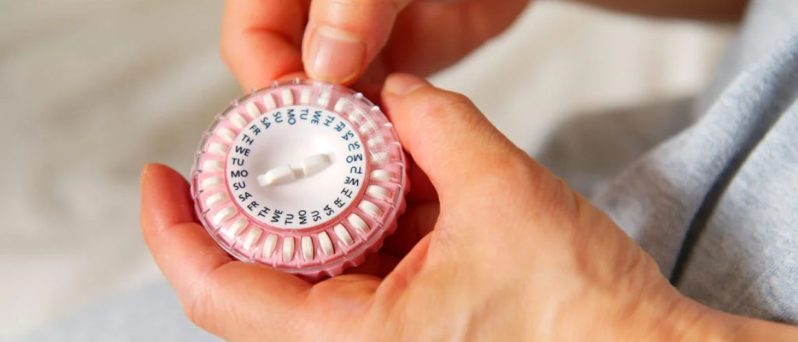Endometriosis is a chronic condition affecting the lives of many – did you know 1 in 10 women and people with periods have it? But despite how common it is, it still takes a long time to get diagnosed, an average of 8 years to be exact!
Getting endometriosis support before diagnosis
Because they’re very similar to severe PMS symptoms, some appointments might lead to advice that feels top level for all period pain, like doing gentle exercise, taking painkillers, and using heating pads to ease pain. What’s more, the only way to diagnose endometriosis is by a laparoscopy, an invasive surgery, which slows the process of gaining diagnosis. Lack of diagnosis and validation could leave people with suspected endometriosis feeling lost and alone.
Reminder: Your symptoms are real, and they matter. You deserve medical and emotional support during this time.
Here are three tips for making sure you get the support you need:
1. Do your research
Turn up to your appointments with an understanding of endometriosis symptoms, and the ones that align with your experience. It will also help to have done some research on your options for treatment and the next steps that your doctor can take to reach diagnosis and beyond.
2. Bring proof of your symptoms
While it might be frustrating to feel like you have to prove how much pain you’re in, consistently tracking your menstrual cycle and endometriosis symptoms ahead of your appointment will come in handy. You can bring your tracker to the appointment and provide evidence for the consistency and severity of your symptoms.
3. Talk to your friends, family, and employers
Help others to help you as much as they can in this interim period by talking as openly as you’re comfortable to with the people around you. This could be explaining what symptoms you experience and what helps you to cope with them, or it could be encouraging them to do their own research. Encouraging your employers to become an Endometriosis Friendly Employer is also a great step and will benefit any of your colleagues with it too!
Natural Period Products
When you’ve got period pains, Natracare provides effective period protection.
Find out more
Getting endometriosis support after diagnosis
There’s currently no cure for endometriosis, only treatments (including surgery) to mitigate and reduce pain. While gaining an official diagnosis might feel validating, it won’t stop your symptoms and you still deserve support.
Here are 3 tips for continuing to receive the support you need after an endometriosis diagnosis:
1. Use Endometriosis UK as a resource
Endometriosis UK are the organisation that started the Endometriosis Friendly Employer scheme, and they work to improve the lives of those affected by endometriosis and work towards a future where it has the least possible impact on those living with the condition. Their website and social media are fantastic resources for you to utilise, or to sign post friends, family, and colleagues or employers to learn more about life with endometriosis.
2. Find a community you can relate to
Facebook groups or local groups within your community are a great place for finding people with similar lived experiences as you to connect with and lean on.
3. Book regular check-ins with a healthcare professional
Some of the treatment options for endometriosis are quite extreme and leave you with big decisions to make. If you’re not ready to make them at the point of diagnosis, that’s okay. It’s a good idea to touch base with a healthcare professional as needed to review your options and the effects your symptoms have on your life.
No matter where you are on your endometriosis journey, you deserve support from your peers, employers, and medical professional. Read this blog for more advice on living with endometriosis and its symptoms.












